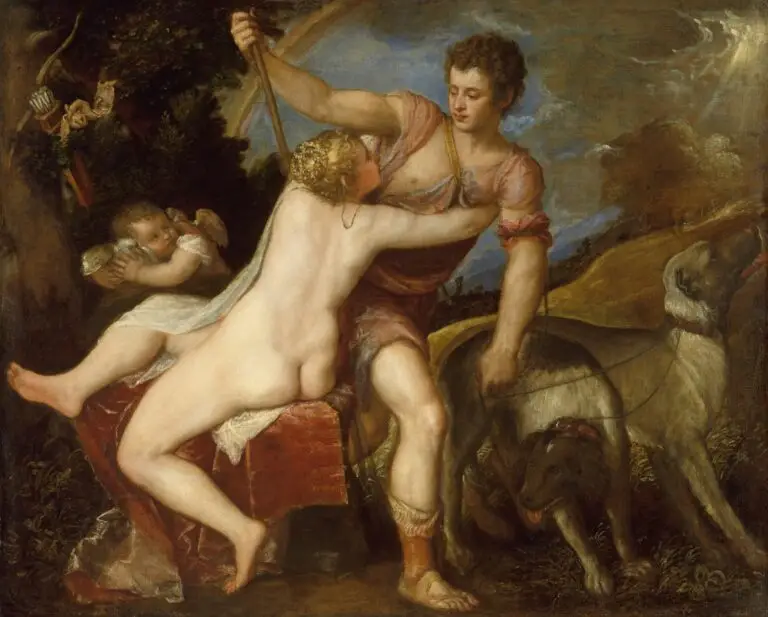Italian Renaissance

Table of Contents
What was the Italian Renaissance?
The Italian Renaissance, spanning roughly from the 14th to the 17th centuries, was a cultural and intellectual revival that unfolded primarily in the Italian city-states.
This period witnessed a fervent interest in classical Greek and Roman knowledge, leading to a resurgence of literature, art, philosophy, and science. Humanism, a central theme of the Renaissance, emphasized the value of human potential and achievements.
Prominent figures like Leonardo da Vinci, Michelangelo, and Raphael made groundbreaking contributions to the fields of art and architecture, while writers like Dante Alighieri and Petrarch championed the use of vernacular languages in literature.
Italian Renaissance History
The Italian Renaissance was a cultural and intellectual movement that began in Italy during the 14th century and reached its zenith in the 15th and 16th centuries.
Renaissance humanism, a key intellectual movement, emphasized the revival of classical learning, literature, and art, with a focus on the study of ancient Greek and Roman texts.
The city-states of Florence, Venice, and Rome were significant centers of the Italian Renaissance, fostering creativity, patronage, and the exchange of ideas.
Prominent Renaissance figures included artists like Leonardo da Vinci, Michelangelo, and Raphael, as well as writers such as Dante Alighieri, Petrarch, and Niccolò Machiavelli.
The Medici family, particularly Lorenzo de’ Medici, played a crucial role as patrons of the arts, supporting artists, scholars, and architects in Florence.
The invention of the printing press by Johannes Gutenberg in the mid-15th century facilitated the spread of Renaissance ideas and contributed to the dissemination of knowledge.
The architectural style of the Italian Renaissance is characterized by the use of classical elements, symmetry, and proportion, as seen in structures like Filippo Brunelleschi’s dome for the Florence Cathedral.
Humanist education, based on the study of classical texts and the development of well-rounded individuals, became a hallmark of Renaissance educational philosophy.
The Renaissance witnessed a revival of interest in science, with figures like Galileo Galilei making significant contributions to astronomy and physics.
The Italian Wars (1494–1559), a series of conflicts involving major European powers, had a significant impact on the Italian states and contributed to the spread of Renaissance ideas across Europe.
Related Links
Ancient Mesopotamia
Ancient Rome
Renaissance Era
Revolutions of 1848